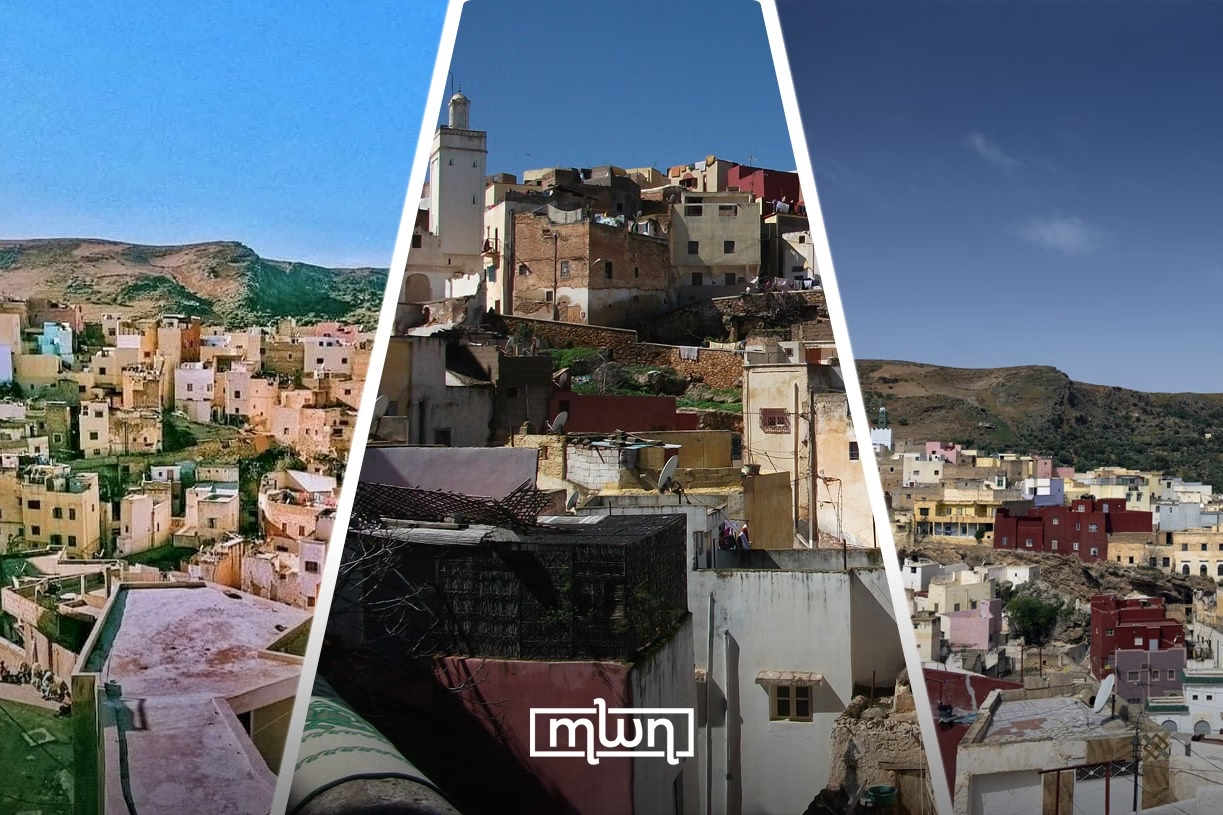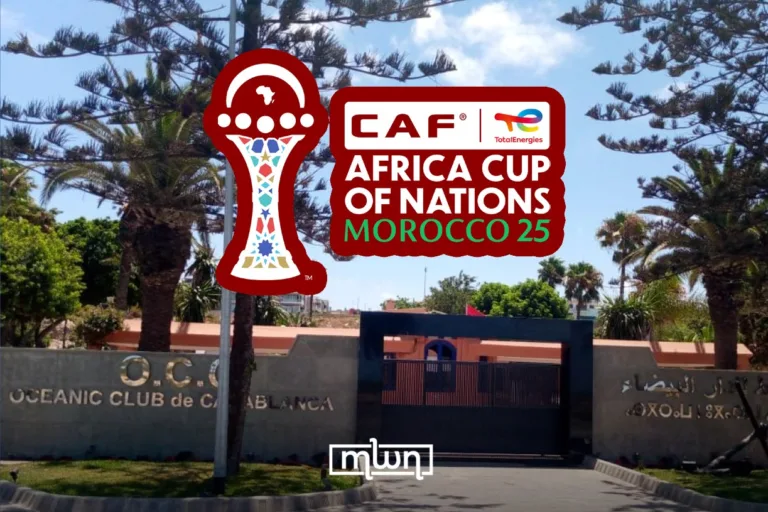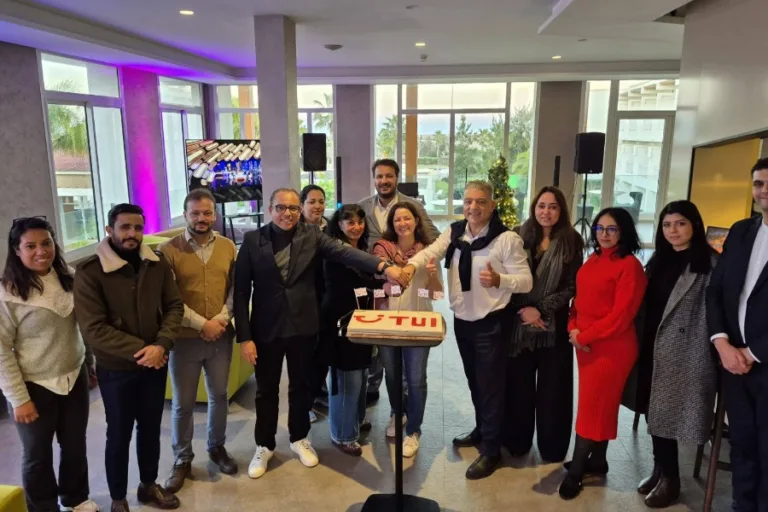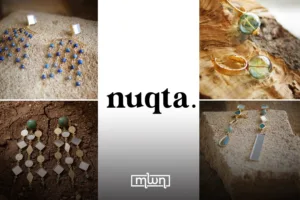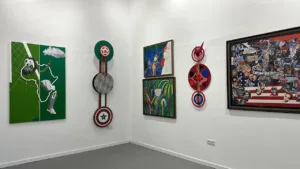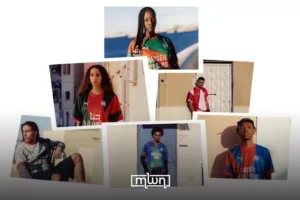To understand Bhalil is to uncover a Morocco rarely seen or told.
Fez – In the Middle Atlas Mountains near the city of Sefrou lies the town of Bhalil, a place of remarkable historical and cultural significance.
While often overlooked by mainstream tourism, Bhalil holds a unique position in Moroccan heritage due to its traditional cave dwellings, enduring artisanal practices, and deep-rooted values of coexistence.
Cave architecture and vernacular engineering
One of Bhalil’s most distinctive features is its traditional use of caves as living spaces.
These rock-hewn homes were carved directly into the hillside by hand, serving multiple functions beyond shelter.
Historically, they were used to store harvests, house livestock, and create thermally stable living environments adapted to the region’s climate.
These dwellings reflect the ingenuity of the local population and their ability to adapt naturally to their environment without relying on modern infrastructure.
Traditional crafts and clothing
Bhalil’s material culture also reflects a strong artisanal identity. The community has long been known for producing clothing and household items from natural materials such as wool, wood, and “doum” (palm fibers).
Men traditionally wore long jellabas and turbans, while women were draped in white haïks (a form of veil unique to the region).
Tools, cookware, and farming equipment were all handmade using techniques passed down through generations.
Oral traditions and ceremonial life
Bhalil is equally rich in oral heritage. Popular songs (ahazij) accompanied nearly every aspect of life, from farming and weaving to weddings and religious festivals.
Events such as “mzouki” (pre-wedding celebrations), “henna of the groom”, and harvest songs served both social and functional purposes.
These oral traditions formed a vital link between generations, transmitting collective memory and communal identity.
Marriage celebrations were particularly elaborate, often extending over seven days and alternating between the homes of the bride and groom.
This extended ritual served not only as a family event but also as a broader communal gathering, reinforcing social bonds and cultural continuity.
Local cuisine and food preservation
Culinary practices in Bhalil also demonstrate a deep understanding of seasonality and preservation.
Staples such as “berkoukesh” (a type of handmade pasta dish) and “adfi” were prepared with ingredients that had been dried or preserved through traditional techniques.
Products like clarified butter, honey, dried vegetables, and “khlii” (preserved meat) were commonly stored in clay jars or natural underground cellars.
The culture of coexistence
Despite its distinct traditions, Bhalil has historically maintained open cultural and economic relationships with neighboring communities.
It welcomed religious scholars from northern Morocco, integrated spiritual leaders from various regions, and maintained long-standing trade relations with the Jewish community of Sefrou, particularly in textiles, metalwork, and agriculture.
Bhalil also supplied agricultural goods to Fez and sent its youth there for religious and formal education, strengthening its ties with major urban centers.
Resistance and post-colonial development
During the French Protectorate, Bhalil played a significant role in resisting colonial forces, particularly during the occupation of Fez.
Residents participated in uprisings and contributed to broader national resistance efforts.
Figures such as Boujbah are remembered locally for their courage and leadership.
Following independence, the people of Bhalil prioritized agriculture, planting olive groves across thousands of hectares.
At the same time, they emphasized education, sending children to schools in Sefrou and Fez, and integrating into Morocco’s emerging modern state.
Today, Bhalil is a testament to Morocco’s rural resilience and cultural diversity.
With its clean streets, peaceful ambiance, and heritage preserved through architecture, song, and memory, Bhalil remains an invaluable part of the country’s living history, deserving of study, recognition, and preservation.
Read also: Moroccan Legends: Why Our Myths Still Matter

